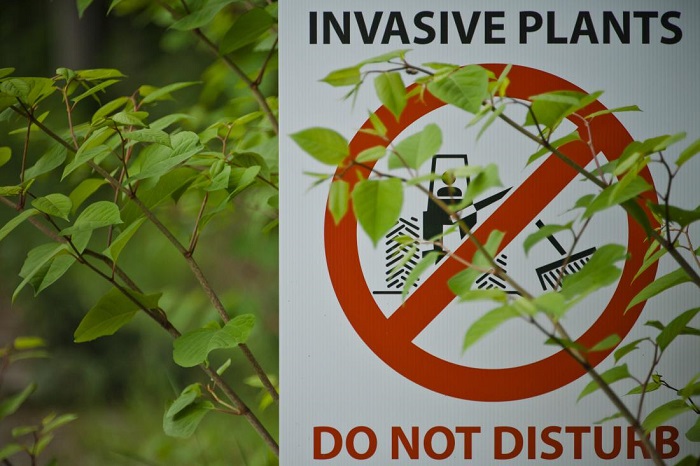The study, published in the journal PNAS, used a ranking system that incorporates trade flows, distribution of invasive species and crop types to determine which countries face the greatest threat. Developing countries—particularly those in sub-saharan Africa—could see their agriculture sectors most affected in proportion to their GDP, according to the study. Malawi, Burundi and Guinea top the list.
“These countries generally do not have diverse economies, making them disproportionately more dependent on agriculture,” said study author Dean Paini, a researcher at the Plant Biosecurity Cooperative Research Centre, in a press release. “Any threat from invasive species can potentially have a greater relative impact on these countries.”
Researchers also found that the United States and China act as the top sources of invasive species due to the high level of trade connected to both countries as well as the high number of invasive species already found there.
Invasive species—aided by climate change, increased trade and land use changes—can wreck havoc in ecosystems where they settle by killing local species and acting as pests.
More about:
















































